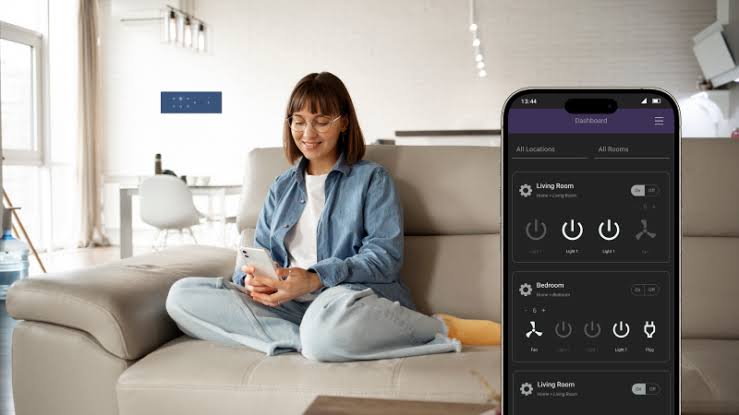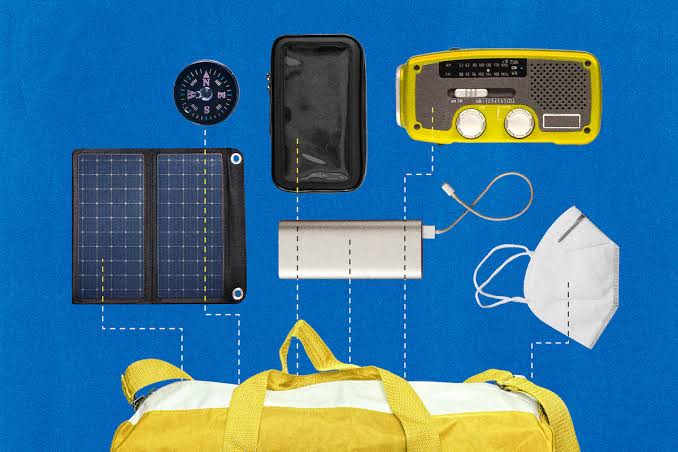In today’s dynamic and mobile-driven work environment, flexibility and efficiency are critical to success—especially in meetings. Portable projectors have become a powerful tool in both corporate and creative spaces, enabling professionals to deliver high-quality presentations wherever they go. As of 2025, the demand for compact, wireless, and high-resolution projectors is rising, especially among remote workers, freelancers, educators, sales teams, and startups.
Gone are the days when meetings required bulky equipment or limited display options. Portable projectors now offer a seamless, professional way to share visuals, boost engagement, and collaborate in real time—without being tied to a fixed location or large screen.
Why Portable Projectors Matter in Today’s Meetings
Meetings have evolved beyond the traditional conference room. Whether held in co-working spaces, cafés, client offices, or online hybrid setups, the need for flexible presentation tools has grown. Portable projectors meet this need with:
- Compact and lightweight designs
- Wireless connectivity (Wi-Fi, Bluetooth, screen mirroring)
- High-definition resolution and bright lumens
- Compatibility with laptops, tablets, and smartphones
- Rechargeable batteries for cordless operation
These features make them ideal for spontaneous discussions, product pitches, or collaborative brainstorming sessions.
Key Benefits of Using Portable Projectors for Meetings
1. Enhanced Mobility and Flexibility
One of the most significant advantages of portable projectors is their lightweight, compact build. Most models can easily fit into a backpack or briefcase, allowing professionals to carry their presentation tools anywhere.
Benefits include:
- Hosting meetings in any location with minimal setup
- Presenting on walls, ceilings, or any flat surface
- Switching meeting venues without needing extra AV support
- Conducting impromptu discussions during travel or site visits
This flexibility is especially valuable for sales professionals, consultants, or mobile teams constantly on the move.
2. Professional Presentation Quality
Today’s portable projectors boast features that rival traditional full-size units. High resolution (often 1080p or 4K), strong brightness (up to 1000+ lumens), and rich color reproduction ensure that visuals remain crisp and professional.
This helps:
- Deliver impactful PowerPoint slides, charts, and media
- Impress clients and stakeholders with polished visuals
- Maintain audience attention with engaging content
- Clearly communicate complex ideas or project updates
With strong audiovisual performance, even small devices can make a big impression.
3. Wireless and Seamless Connectivity
Modern portable projectors are equipped with wireless features that reduce cable clutter and enhance user experience. They often include:
- Wi-Fi and Bluetooth pairing with smartphones and laptops
- Screen mirroring support via AirPlay, Miracast, or Chromecast
- USB-C and HDMI compatibility for plug-and-play use
- Built-in apps and media players in smart projector models
This versatility allows presenters to quickly start meetings, switch between devices, and share multimedia content smoothly—enhancing collaboration and saving time.
4. Cost-Effectiveness and Space Saving
Compared to traditional AV setups, portable projectors are far more affordable and efficient. They eliminate the need for large displays, fixed projectors, and complicated wiring systems.
Financial and practical advantages include:
- Lower upfront and maintenance costs
- No installation required
- Ideal for startups or small offices with limited space
- Shared use among team members in different locations
For small businesses or solo professionals, this offers a high return on investment with minimal infrastructure.
5. Collaboration and Engagement Boost
Meetings are most productive when participants are engaged. Portable projectors encourage group interaction by creating a shared visual space that everyone can see and contribute to.
Use cases include:
- Brainstorming with visual mind maps
- Reviewing real-time analytics dashboards
- Collaborating on design mockups or product plans
- Hosting interactive training sessions
The ability to project and annotate content on the spot fosters a more open, inclusive, and visual discussion environment.
6. Power Independence and Battery Efficiency
Many high-end portable projectors now feature long-lasting, rechargeable batteries that allow for cordless operation—making them ideal for locations without guaranteed power supply.
Features to expect include:
- 2 to 6 hours of playback time on battery alone
- USB-C charging compatibility
- Built-in power-saving modes
- Operation even during power outages or fieldwork
This autonomy enhances usability for outdoor presentations, trade shows, and temporary office setups.
7. Hybrid and Remote Meeting Compatibility
In the post-pandemic hybrid work era, portable projectors play a useful role in bridging the gap between in-person and remote participants. Many models can connect with conferencing tools like Zoom, Microsoft Teams, or Google Meet via external devices.
Applications include:
- Sharing a live presentation with both remote and physical audiences
- Displaying virtual participants on a large wall for interaction
- Streaming webinars and training sessions to a room audience
- Hosting collaborative sessions with multi-source input
By supporting hybrid work models, portable projectors contribute to more inclusive and productive meetings.
Ideal Scenarios for Using Portable Projectors
Portable projectors are particularly beneficial in the following situations:
- Client presentations in offices or informal settings
- Training and workshops in temporary or rented spaces
- Remote team meetings with limited tech infrastructure
- Field-based work, such as construction, agriculture, or logistics
- Educational sessions in schools, libraries, or outdoor learning spaces
- Pitch decks for investors or startup demo days
The adaptability of these devices ensures you’re always prepared, regardless of the setting or audience.
Considerations When Choosing a Portable Projector
To maximize the benefits, users should consider:
- Resolution and brightness suitable for lighting conditions
- Battery life and charging speed
- Connectivity options (wireless, HDMI, USB, SD cards)
- Built-in speakers or audio output
- Operating system support (Windows, Android, iOS, macOS)
- Portability features (weight, carrying case, setup time)
Choosing a projector that matches your specific meeting style and environment ensures optimal performance and user satisfaction.
Conclusion
Portable projectors have emerged as essential tools for modern professionals seeking convenience, mobility, and impact in their meetings. With features tailored for high-quality visuals, wireless connectivity, and collaborative interaction, these compact devices empower individuals and teams to communicate more effectively—no matter where they are.
In a business world that values agility, technology like portable projectors helps bridge gaps, improve productivity, and foster better human connection—making every meeting not just possible, but powerful.



